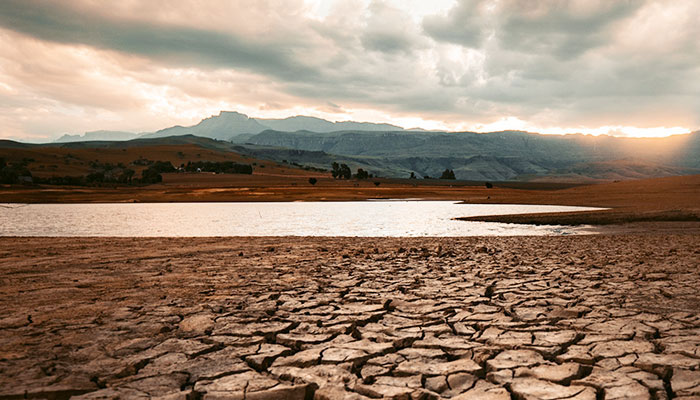Trending Track
U:S Drought Monitor: Most of California exits worst drought categories
several areas around the Sierra Nevada, Cascades and coastal ranges have recorded more than a foot in the storms.
The latest update from the U.S. Drought Monitor showed an extraordinary sight: Deep splotches of dark red and purple signifying the worst levels of drought have been erased from California’s map almost completely.
On Thursday, 0% of the state was in exceptional drought, and only a tiny portion of far Northern California, 0.32%, was in extreme drought.
This is the first time it happened since April 4, 2020, when none of the state was classified in those categories, according to Richard Tinker, a meteorologist with the National Oceanic and Atmospheric Administration and one of the authors of the drought monitor.
This latest development is the result of powerful atmospheric river storms, that dumped trillions of gallons of precipitation onto the state in recent weeks.
Though the storms have created havoc, they have made a significant dent in drought conditions. Much of California has seen precipitation totals exceeding 4 inches, while several areas around the Sierra Nevada, Cascades and coastal ranges have recorded more than a foot in the storms.
But officials cautioned that it’s still too soon to celebrate. California’s wet season typically runs until April, and there is a chance that the coming months could dry up. Last year, a soggy December gave way to the state’s driest ever January, February and March on record.
"We’re definitely looking to be in a better situation than we were last year, where everything shut off for a good three months, and there will be that opportunity to continue to make some additions to that snowpack before we get to April 1," Mike Anderson said, referring to the end-of-season date when snowpack in California is typically at its deepest.
The statewide snow water equivalent on Thursday was 227% of normal for the date and 104% of its average for April 1, state data show.


















